Home »
Misc »
How do you foul out in basketball
How do you foul out in basketball
Basketball Foul Out
Home>Sports>Basketball>Basketball Fouls and Fouling
PreviousNext
Table of Contents
- Basketball Fouls
- Basketball Player Fouls
- Resetting Player Foul Counts
- Basketball Foul Limits
- Basketball Fouling Out
- Types of Fouls in Basketball
Basketball Fouls
A foul is called on any player or coach who makes an illegal physical or verbal action against another player as defined in the rules of basketball. When a foul is made, the other team will either get free throws or ball possession, depending on the team foul count.
Basketball Player Fouls
Whenever a player commits a foul in a basketball game, the referees give them a player foul. Player fouls are a running total of fouls that each player has made in the game.
Resetting Player Foul Counts
A player's foul count will never reset in a game. If a player accumulates too many player fouls, they will be benched or even foul out.![]()
Basketball Foul Limits
There is a limit to how many fouls players and teams can commit in a game before the consequences get greater. Fouling too many times can result in a player being over the limit and fouling out. It can also put a team in a penalty situation. Being in a penalty situation results in the opposing team getting foul shots every time they get fouled.
Basketball Fouling Out
If a player reaches the foul limit, they must leave the game. This is called fouling out. The foul limit is different for the NBA, college basketball, and high school basketball.
Coaches will often pull their players out of the game before they reach the foul limit. This allows the coach to put the player back in the game if they really need them. If the coach leaves them in and they foul out, then that player is no longer an option for the rest of the game.
NBA Foul Limit
In the NBA, the foul limit is six player fouls per game. A player is considered in foul trouble once the player gets to four or five fouls. They will likely be benched for a while to avoid fouling out.
They will likely be benched for a while to avoid fouling out.
College Basketball Foul Limit
In college basketball, the foul limit is five player fouls per game. Players are also disqualified if they commit two technical fouls or one flagrant foul. Once a player gets three or four fouls they are considered to be in foul trouble.
High School Basketball Foul Limit
In high school basketball, the foul limit is five player fouls per game. Players are also disqualified if they commit two technical fouls or one flagrant foul. Like college basketball, a player is in foul trouble if they get to three or four fouls.
Types of Fouls in Basketball
There are lots of fouls in basketball. All types of fouls committed by an individual player count towards their personal foul count. There are:
- Personal Fouls
- Technical Fouls
- Shooting Fouls
- Flagrant Fouls
PreviousNext
Pages Related to Basketball Foul Out
- Basketball Fouls and Fouling
- Basketball Fouls
- Basketball Blocks And Charges
- Top 6 Best Basketball Shoe Brands
- Basketball Fouling
- Basketball Is It Possible For An Entire Team To Foul Out?
PreviousNext
Basketball Fouling
Home>Sports>Basketball>Basketball Fouls and Fouling
PreviousNext
Fouling in basketball is the act of purposely committing a foul against another player like being called for unsportsmanlike conduct or making illegal physical contact.
Table of Contents
- Basketball Free Throws
- Basketball Fouling End Game
- Basketball Hack A Shaq
- NBA Fouls Away From Play
- Basketball Penalty Situations
- Fouling Out In Basketball
- When To Foul In Basketball
- End Game Basketball
Basketball Free Throws
When a player is fouled while shooting, they have the right to shoot free throws worth 1 point each. If the player was fouled during the act of shooting a three pointer, they will have three free throws, while if they were fouled while shooting a two point shot, they will have two free throw attempts. If the fouled player still manages to somehow make the shot despite the physical contact by the opponent, they will shoot only one free throw, while adding the field goal’s points to the scoreboard.
Whenever a team reaches the team foul limit, all fouls, regardless of being committed during shooting or not, will lead to free throw attempts to the opponent.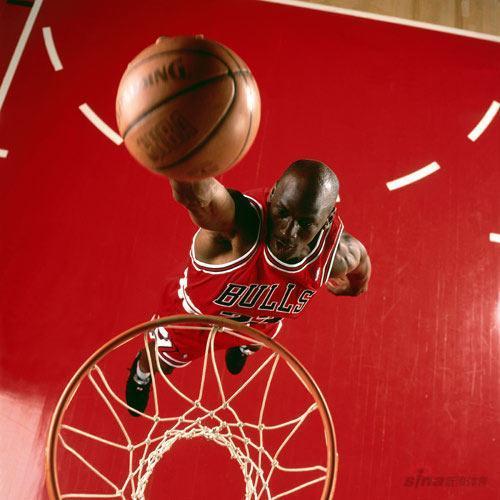
Basketball Fouling End Game
When trailing by a small margin during the dying the last minute or so of a game, teams use a strategy where they purposely foul. Fouling at the end of a game is smart for three reasons:
- Free throws are only worth one point.
- Fouling stops the game clock from ticking.
- You can get the ball back with a rebound or an inbound pass.
That way, the team that trails hopes that the free throw shooter misses the free throws. That allows them to get the ball back without burning the clock. However, most of the time players make the free throws; still the strategy is valid, as they will seek to add three points to score while only allowing two points maximum, that way making the point difference smaller.
Basketball Hack A Shaq
Don Nelson, the head coach of the Dallas Mavericks from 1997-2005, first applied hack-a-shaq against top player Shaquille O'Neal, who although was a remarkable basketball player, was also a remarkably bad free throw shooter.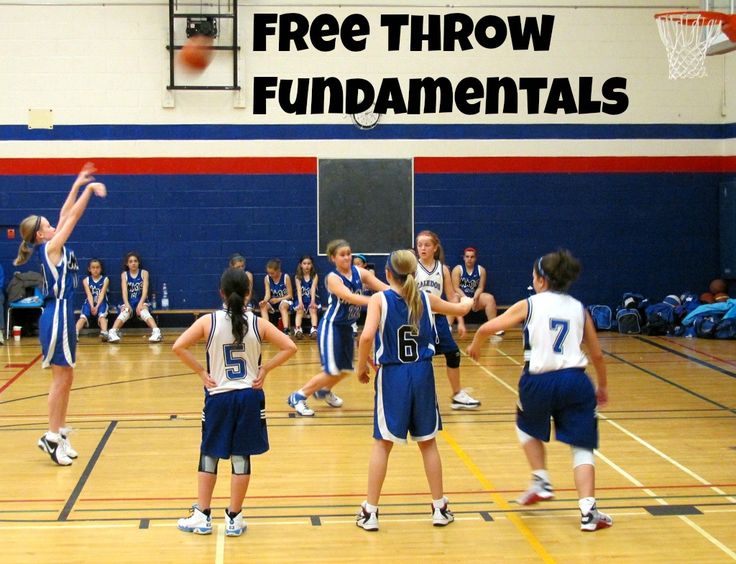 With hack-a-shaq, players purposely fouls a particularly bad free throw shooter. That stops the opponent’s offense while exploiting an opposing player’s weakness. Hack-a-Shaq is sometimes used at the middle of the game, which leads to a lot of stopping, making the game boring. Because of that, the hack-a-shaq strategy is not very liked by basketball watchers.
With hack-a-shaq, players purposely fouls a particularly bad free throw shooter. That stops the opponent’s offense while exploiting an opposing player’s weakness. Hack-a-Shaq is sometimes used at the middle of the game, which leads to a lot of stopping, making the game boring. Because of that, the hack-a-shaq strategy is not very liked by basketball watchers.
NBA Fouls Away From Play
For the 2016-17 NBA season, the NBA introduced a rule that gives any team that is fouled one free throw and possession of the ball if the foul is made in the last two minutes of the 4th quarter or overtime. This rule is designed to prevent strategies like hack-a-shaq.
Basketball Penalty Situations
Fouling rewards the other team with free throws. The rewards improve as teams foul more. Teams enter penalty situations, like the bonus and double bonus, which gives them additional free throws every time a player is fouled. The double bonus is only in college basketball.
Fouling Out In Basketball
Fouling too much can also get a player booted from the game.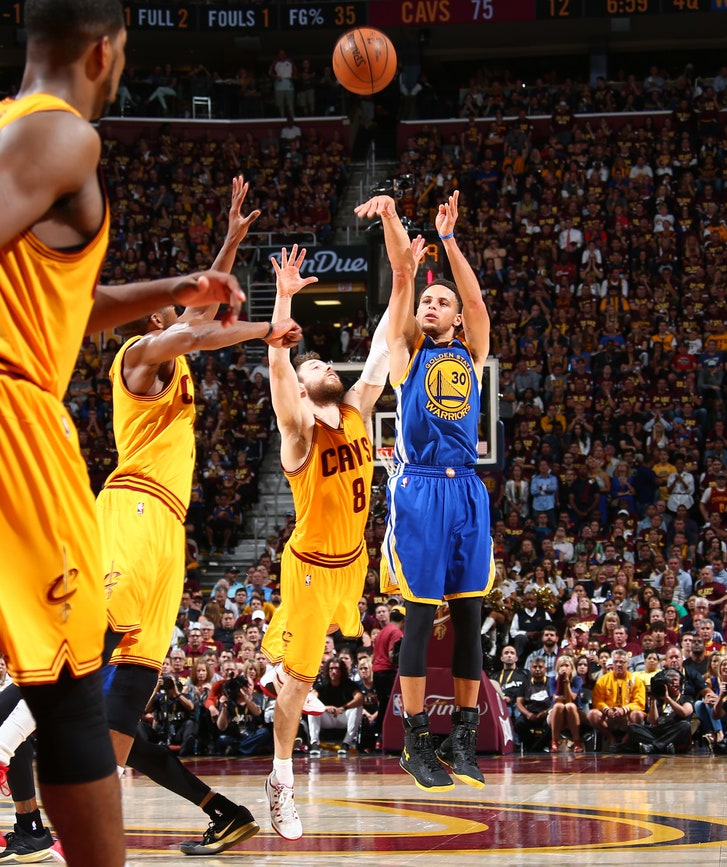 This is called fouling out. When a player fouls out, they have reached their limit of player fouls.
This is called fouling out. When a player fouls out, they have reached their limit of player fouls.
In the NBA, a player will foul out of the game if they reach six fouls. In college and FIBA basketball, a player will foul out of the game if they reach five fouls.
Player fouls keep track of the amount of fouls for each player, and team fouls are a running total of the amount of fouls a team has for the entire game.
When To Foul In Basketball
When deciding to purposely foul, you should consider the following:
- How much time is left on the clock?
- How many points is our team losing by?
- Which player should be fouled and what is their free throw percentage?
- How many fouls do I have?
- Would it be ok for the team if I fouled out?
End Game Basketball
Imagine a basketball game with the following score and Team A has the ball.
- Team A: 72 points
- Team B: 70 points
There is this much time on the game clock and shot clock.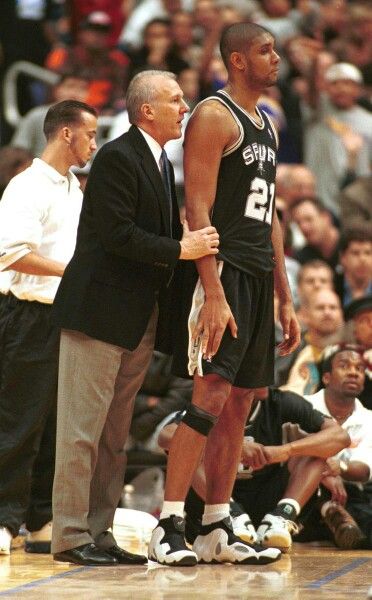
- game clock: 18 seconds
- shot clock: 24 seconds
Team A can let the game clock hit zero with just dribbling. Team B needs to get the ball back to even the score. To get the ball back Team B has two choices:
- Steal the ball
- Foul the dribbler
Stealing the ball is harder than fouling and doesn't guarantee possession. In this case, Team B should foul. It is possible that Team A makes a free throw, but it remains a one possession game. Team B gets the ball and can tie the game if they make a three-pointer.
PreviousNext
Pages Related to Basketball Fouling
- Basketball Over The Back Foul
- Basketball Charging Foul
- Basketball Foul Out
- Basketball Blocks And Charges
- Basketball Nonshooting Foul
- Basketball Is It Possible For An Entire Team To Foul Out?
PreviousNext
90,000 The "treadmill" mentality. Javon Carter - Ball In - Blogs
Translation of Javon Carter's article from ThePlayersTribune: original
How's Memphis? I want to get my message across to you all, but I really don't know how to start this letter.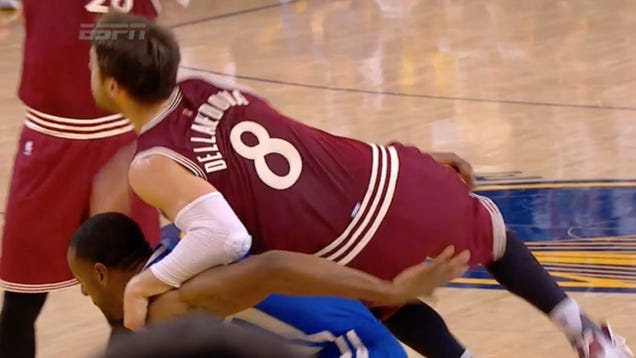 Anyone who knows me knows that I don't really like talking about me.
Anyone who knows me knows that I don't really like talking about me.
So I'm going to talk about the treadmill. It may not make sense now, but hopefully by the end of this letter it will, and perhaps you will know a little more about me.
I spent four years in West Virginia playing for Bob Higgins. It's no secret that a small ship runs on the waves of basketball under the guidance of coach Higgins. And when I said "the ship is running", I meant the whole team is running.
The treadmills were the secret. We have learned to fear them.
You see, it was something like this in West Virginia: The only thing that mattered to the coach was that we played harder than the other team every single game. And the treadmill was our punishment if we made mistakes in training. If your player was able to get the ball to the middle of the court while you were defending against him, you must leave the court, get on the running track and run 18 mph for 45 seconds. Right on the edge of the field.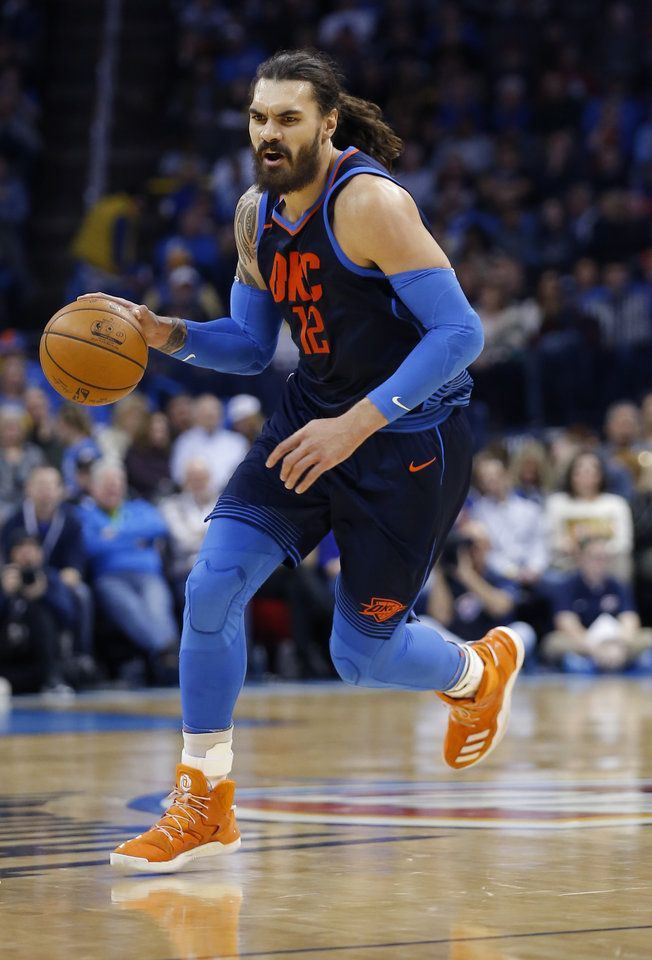 He let me pick up on offense... you're on the treadmill. Let's say your player beats you. Treadmill. Lost the ball. Allowed a free lay-up, forgot to put the back, did not have time to return to defense ... you run.
He let me pick up on offense... you're on the treadmill. Let's say your player beats you. Treadmill. Lost the ball. Allowed a free lay-up, forgot to put the back, did not have time to return to defense ... you run.
No one could escape the treadmill. And the first treadmill of any particular workout… it’s not that hard. But the thing is, once your 45 seconds are up, you're back in action - and you're on the defensive against fresh legs. So now you are more likely to make a mistake. And another mistake means you get back on the treadmill. The whole coaching philosophy was about staying focused, minimizing mistakes and hard work. He wanted to make sure that no matter who plays against us, we won't get tired first.
I think that's why the coach and I got along right from the start.
I remember when he first spotted me at an AAU (Amateur Athletic Union) game during my senior year of high school. There was a game at 8 am. I wasn't invited to any of the many D-I schools, even in my senior year. I remember that after the game he told me that he liked me because the other guys on the court looked slow, but not me. He told me that he thought I was faster than the people who trusted me and that he was impressed that I played the ball a lot. I scored the most, but he didn't say anything about it at all.
I remember that after the game he told me that he liked me because the other guys on the court looked slow, but not me. He told me that he thought I was faster than the people who trusted me and that he was impressed that I played the ball a lot. I scored the most, but he didn't say anything about it at all.
No coach has spoken to me about deviations before. Higgins was different. I liked him right away. And when he gave me the opportunity, I took it. It was all I needed.
Parents always have one strange habit. For my father it was usually repetitive.
Reinforcement, that's what he could have caused with that, but buddy... he was just chanting all the damn time. And you know, when you were a child, such a view of things could be annoying. Before trainer Higgins and his treadmills in West Virginia, there was a father and his reps in Mywood, Illinois. It was a treadmill philosophy that I didn't know anything about yet.
For example, say during a particular high school game, maybe I get two or three fouls.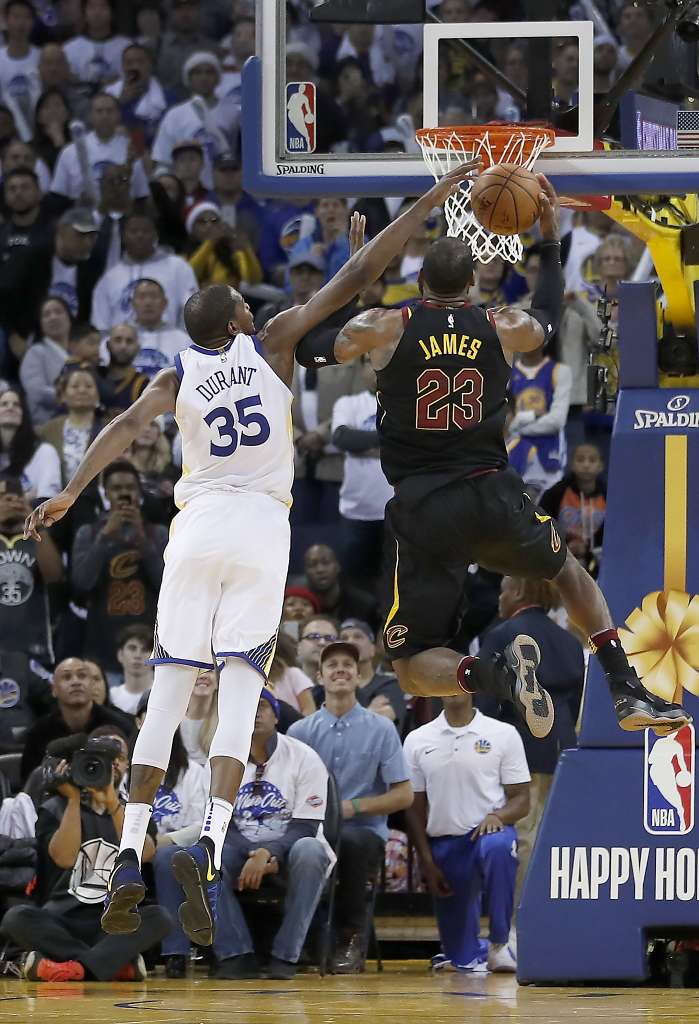 That's all I'll hear, at least until the next game.
That's all I'll hear, at least until the next game.
“You better foul!” he would say, "You looked like a fucking fool over there."
We could have won the game, I could have been the scoring leader, score the winning shot, but none of that mattered.
“I saw you foul, boy! Foul like a damn fool."
All week. Again and again. We could have dinner and not even think about basketball.
"Dad, can you pass the rolls?"
“Oh, pass the rolls? I'm surprised you can't reach them! Damn fool!"
There has never been a barrier to talking about basketball. When he wasn't lecturing me about fouls or calling me a fucking fool, my dad tried to remind me that someone always works harder. I was never the biggest or strongest guy, he said, and if I wanted to play basketball at the highest level, then I would never be satisfied with my game. The minute he told me it would happen. So he let me know about any weaknesses he found. Straightaway.
It was all love, but we got to it sometimes.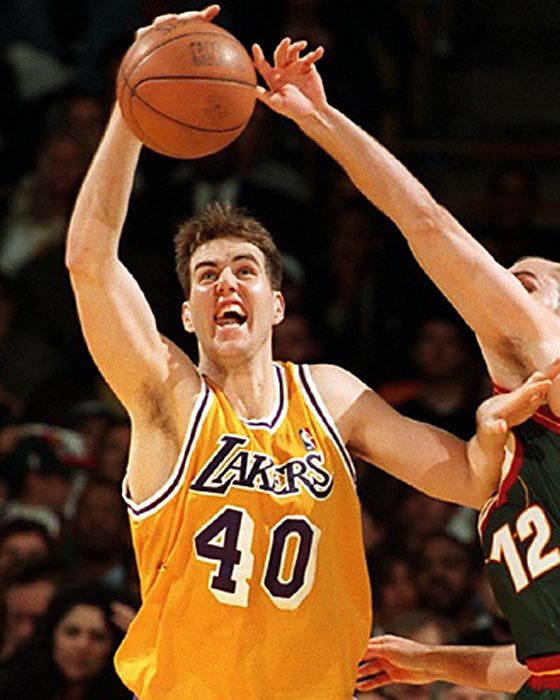 The time the father spent with his son. We could be in the gym working on bugs or something. I would miss a few in a row and he would tell me to raise the ball's trajectory higher. In the end, I would be so upset that I threw the ball as high over the backboard as I could. When this happened, he led me home. We always made up later that evening: we talked like men. And then they came back to it the next day.
The time the father spent with his son. We could be in the gym working on bugs or something. I would miss a few in a row and he would tell me to raise the ball's trajectory higher. In the end, I would be so upset that I threw the ball as high over the backboard as I could. When this happened, he led me home. We always made up later that evening: we talked like men. And then they came back to it the next day.
But my father made me the player I am today. He made me worry about every little detail in my game, he also explained why that detail was important. My energy, work ethic, and basketball IQ were all given to me by my father. He asked me a lot, but we both knew it would take more to be successful at the next level. I remembered throughout my first year of high school that I came up with my grand strategy: I would only work hard against a guy if he was a star freshman in college or if I read about him in the paper. As soon as my father realized that I only showed big numbers against the best teams, he was upset.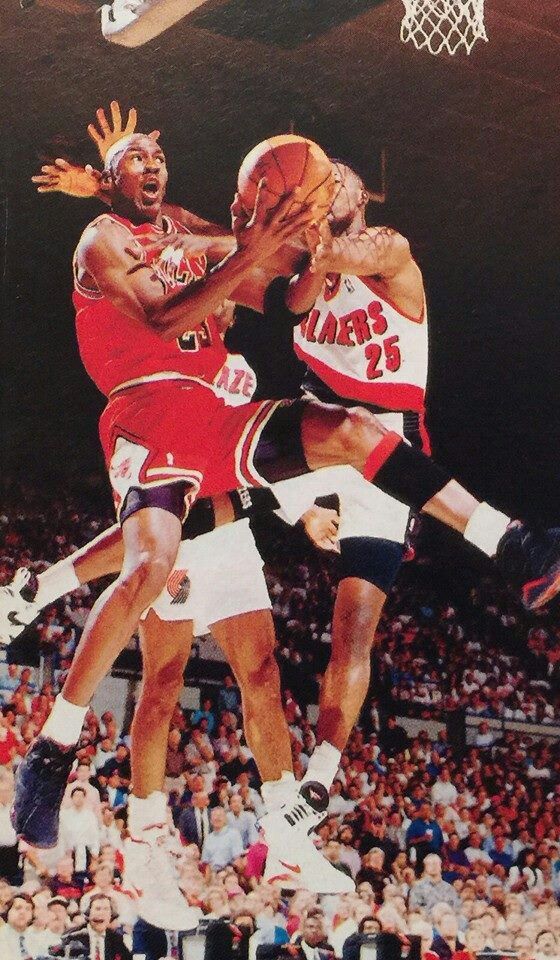
“Do you think colleges would want to take you if they see you defend against weak players? Why don't you defend yourself against those who are worse as well as against those who are better?"
I said something about saving energy, not wanting to get tired.
This was a 100% wrong answer.
The way my dad looked at me when I said that, I don't think he even should have said anything. I got it.
He was going to make sure I never got tired of playing basketball again.
So when I came to West Virginia, I knew that Coach Higgins would test me the same way. Every time I got on the treadmill, I told myself, "Don't be afraid of it." During those 45 seconds of running, I thought about the future.
Every 45 seconds mattered. Every 45 seconds made me a better player. All those mistakes in training and all that practice, that's why we won a lot of games last year. That's how we came back with 18 against Missouri. That's how we got into the top 16.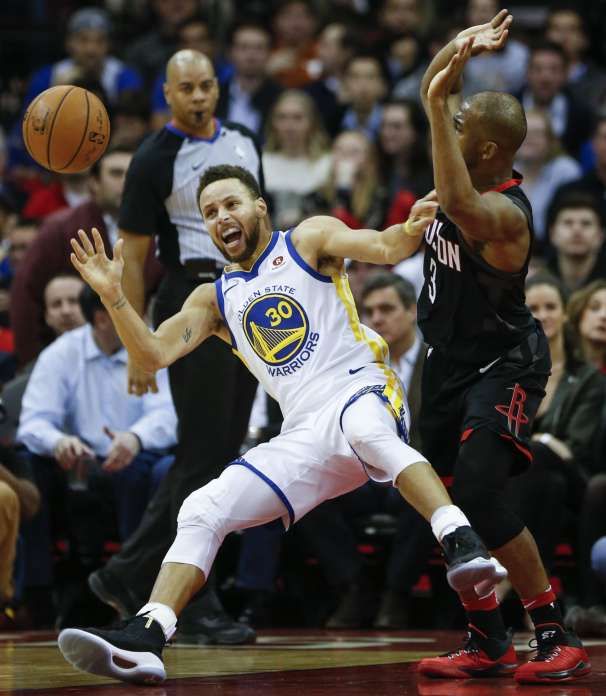
I know people talk a lot about my defense, I'm glad that this part of my game is recognized, but I also wanted everyone to know how much it means to me. I will be ready to show all this from day one, because all my life I have been ignored and criticized on the basketball court. All. I didn't get into the rankings when I left high school. Quarters who have been in college for four years shouldn't be making it to the next level, should they?
I am ready to publicly declare and prove to all those who doubt that I am wrong again. All I needed was a chance. And now, Memphis, you give it to me. So I wanted to say thank you to my dad, my family, Coach Higgins, and the rest of my West Virginia family.
And thank you Memphis for believing in the new guy. I came with the psychology of the treadmill.
–––––––––
Translation for Ball In: Sveta Gerasimova
Ball In vk
Ball In inst
Basketball rules
How the rules in your favorite game changed
WE ALL LOVE TO PLAY BASKETBALL, DO YOU KNOW THE RULES?
Basketball was invented by James Naismith in 1891.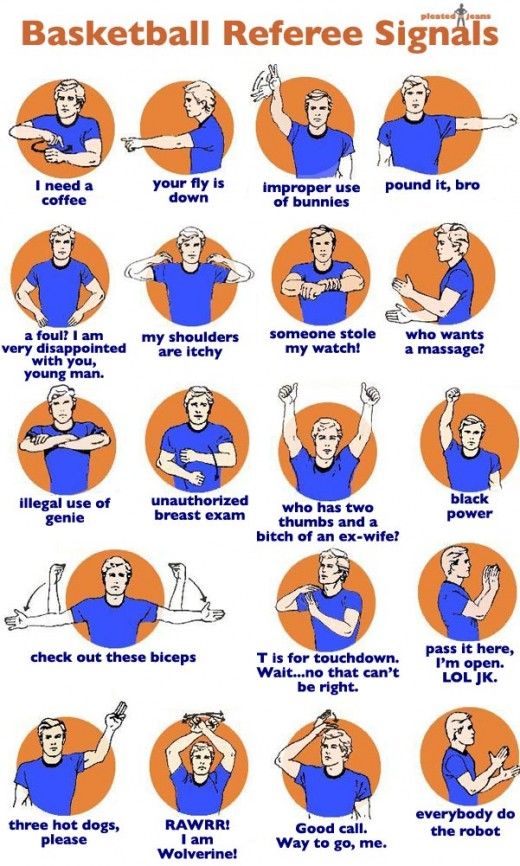 Everything was different back then: playgrounds, baskets, balls…
Everything was different back then: playgrounds, baskets, balls…
!!! Read about the evolution of balls in the article:
Basketball was invented by James Naismith in 1891. Everything was different back then: playgrounds, baskets, balls…
!!! Read about the evolution of balls in the article:
The history of basketballs
The history of basketballs
What balls are played now and how it happened
Beginning
The rules have also changed a lot during this time. Initially, there were only 13 of them in basketball:
- The ball can be thrown in any direction with one or both hands.
- The ball may be hit with one or both hands in any direction, but never with the fist.
- The player may not run with the ball. The player must throw the ball from the point at which he caught it, except for a player running at high speed.
- The ball must be held with the hands.
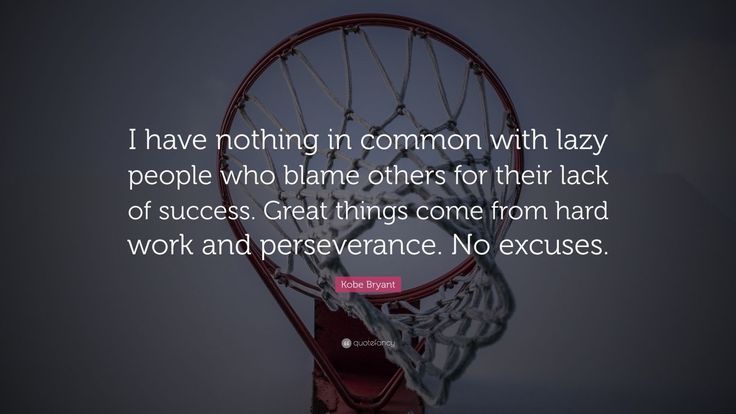 You can not use the forearms and body to hold the ball.
You can not use the forearms and body to hold the ball.
- In any case, hitting, grabbing, holding and pushing the opponent is not allowed. The first violation of this rule by any player shall be called a foul; the second foul disqualifies him until the next ball is scored, and if there was an obvious intention to injure the player, then a disqualification for the whole game. It is not allowed to replace a disqualified player.
- Punching the ball is a violation of points 2 and 4, the penalty is described in point 5. commit no foul).
- A point is scored if a ball thrown or bouncing off the floor hits the basket and stays there. Defending players are not allowed to touch the ball or basket while shooting. If the ball touches the edge and the opponents move the basket, then a point is scored.
- If the ball goes out of bounds, it must be dropped into the field by the first player to touch it. In the event of a dispute, the referee must throw the ball into the field.
 The thrower is allowed to hold the ball for five seconds. If he holds it longer, then the ball is given to the opponent. If either side tries to play for time, the referee must give them a foul.
The thrower is allowed to hold the ball for five seconds. If he holds it longer, then the ball is given to the opponent. If either side tries to play for time, the referee must give them a foul.
- The referee must monitor the actions of the players and fouls, and notify the referee of three consecutive fouls. He shall have the power to disqualify players under rule 5.
- The referee must watch the ball and determine when the ball is in play (inbounds) and when it is out of bounds (out of bounds), which side should be in possession of the ball, and any other action that the referee would normally take .
- The game consists of two halves of 15 minutes each with a break of 5 minutes between them.
- The side with the most goals during this time period is the winner.
The most important rule change in the history of basketball is the introduction of dribbling. In the original version of the game, this was prohibited by paragraph 3 of the rules.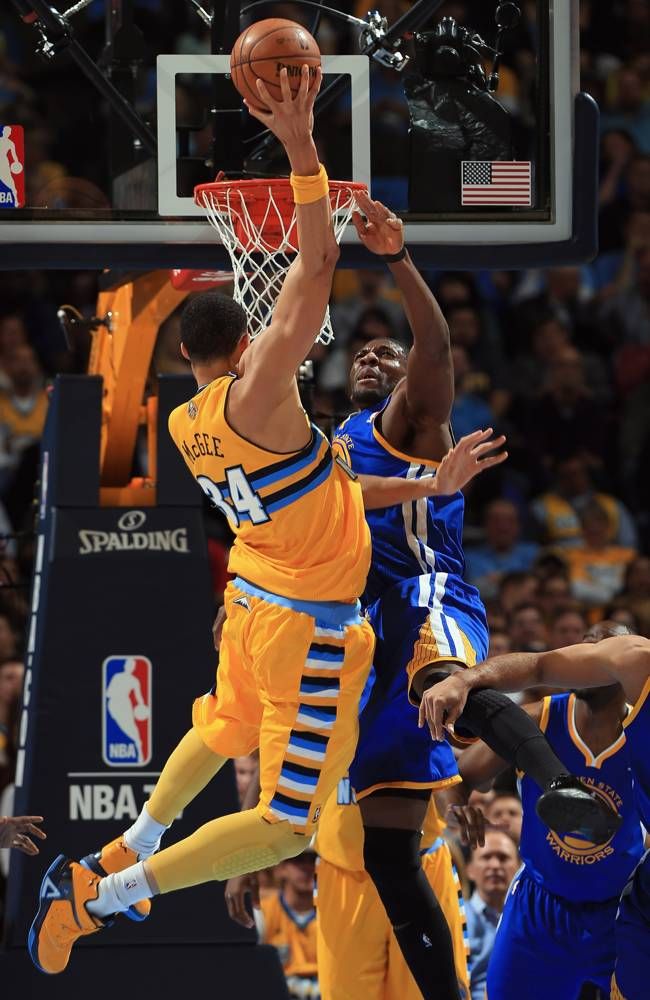
One of the first changes in the game and the rules was the replacement of the basket with a ring with a net. It seemed to be very inconvenient to climb after the ball every time after a hit. Around the same time, free throws, dribbling appeared, and the composition of the teams was fixed for 5 players on the court at the same time. Before that, in some matches, up to 50 people could be on the court at the same time. All this happened back in 1896-1897.
The emergence of FIBA (International Basketball Federation)
Basketball in the early 20th century was becoming more popular and the rules in each country could be different. This was one of the reasons why FIBA appeared in 1932 year. At the first FIBA Congress, the teams were approved (5 people and 2 substitutes), and it was decided that after each goal there would be a throw-in in the center. This rule was removed after 4 years to reduce the advantage of tall players.
Over the next few years, the main changes were related to the number of personal fouls, the number of players on the bench and the introduction of a time limit for getting the ball into the opponent's half of the court.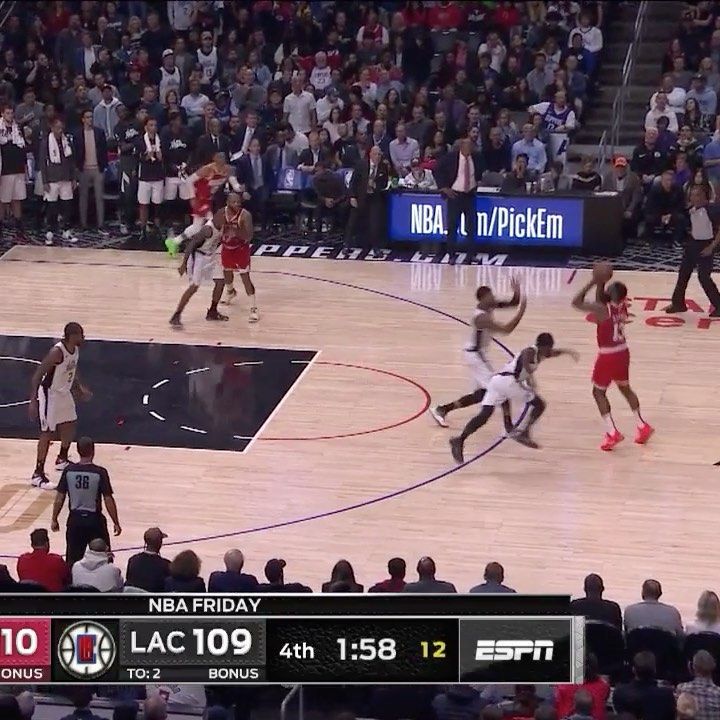
More changes came in 1952 after the Olympic Games. The game became very boring, because the teams held the ball, having received a minimal lead in the score. Everyone understood this and searched for solutions for several years in order to save the life of basketball. At 1954 Danny Biason proposed to the NBA to limit the time for the shot to 24 seconds. At the 1956 Olympics, there was a similar rule: it was necessary to make a throw in 30 seconds. At the same time, to add equality between defense and attack, another rule familiar to us appeared: you need to start dribbling the ball before the supporting leg comes off.
Then the game became similar to the modern one from a technical point of view: dribbling, shots, a three-second zone appeared. In 1979, the NBA added a three-point line, and in 19In 1984, FIBA also added an arc.
!!! An article about the evolution of the three-point shot and interesting facts:
10 interesting facts about the three-point shot.
10 interesting facts about the three-point shot.
Three-pointer evolution and insane records.
Changes in the rules and basketball since 1956 have included the number of free throws, the situations in which these free throws are given, and individual and team penalties. Some rules were introduced, and a few years later they were canceled. For example, the "3 for 2" rule: if a player was fouled in the shooting phase, then if one of the first two shots was missed, he could make another free throw. This rule was later removed.
Since the 1990s there have been constant changes: the introduction of alley-oops, changes in the timing and rewriting of the rules of running, which continue to this day.
From the most interesting: if the team has 0.3 seconds or less to throw the ball from behind, then it must be a one-touch throw. It takes at least 0.4 seconds to perform a full throw.
Derrick Fisher made similar throws:
And here is a small selection of videos of how they throw in 0.